For the given F-t graph. Find Impulse in first 3 sec.
The correct Answer is:50 N-s
Step by step video & image solution for For the given F-t graph. Find Impulse in first 3 sec. by Physics experts to help you in doubts & scoring excellent marks in Class 12 exams.
Updated on:21/07/2023Topper's Solved these Questions
- RACEBOOK - ALLENCHAPTER - RACEEXERCISE - Basic Maths (FRICTION)
14 Videos
- RACEBOOK - ALLENCHAPTER - RACEEXERCISE - Basic Maths (WORK POWER & ENERGY)
34 Videos
- RACEBOOK - ALLENCHAPTER - RACEEXERCISE - Basic Maths (KINEMATICS)
59 Videos
- NEWTONS LAWS OF MOTIONBOOK - ALLENCHAPTER - NEWTONS LAWS OF MOTIONEXERCISE - EXERCISE-III
28 Videos
- SIMPLE HARMONIC MOTIONBOOK - ALLENCHAPTER - SIMPLE HARMONIC MOTIONEXERCISE - Example
1 Videos
Similar Questions
In the given x - t graph. Find the position of an object at t = 3 second
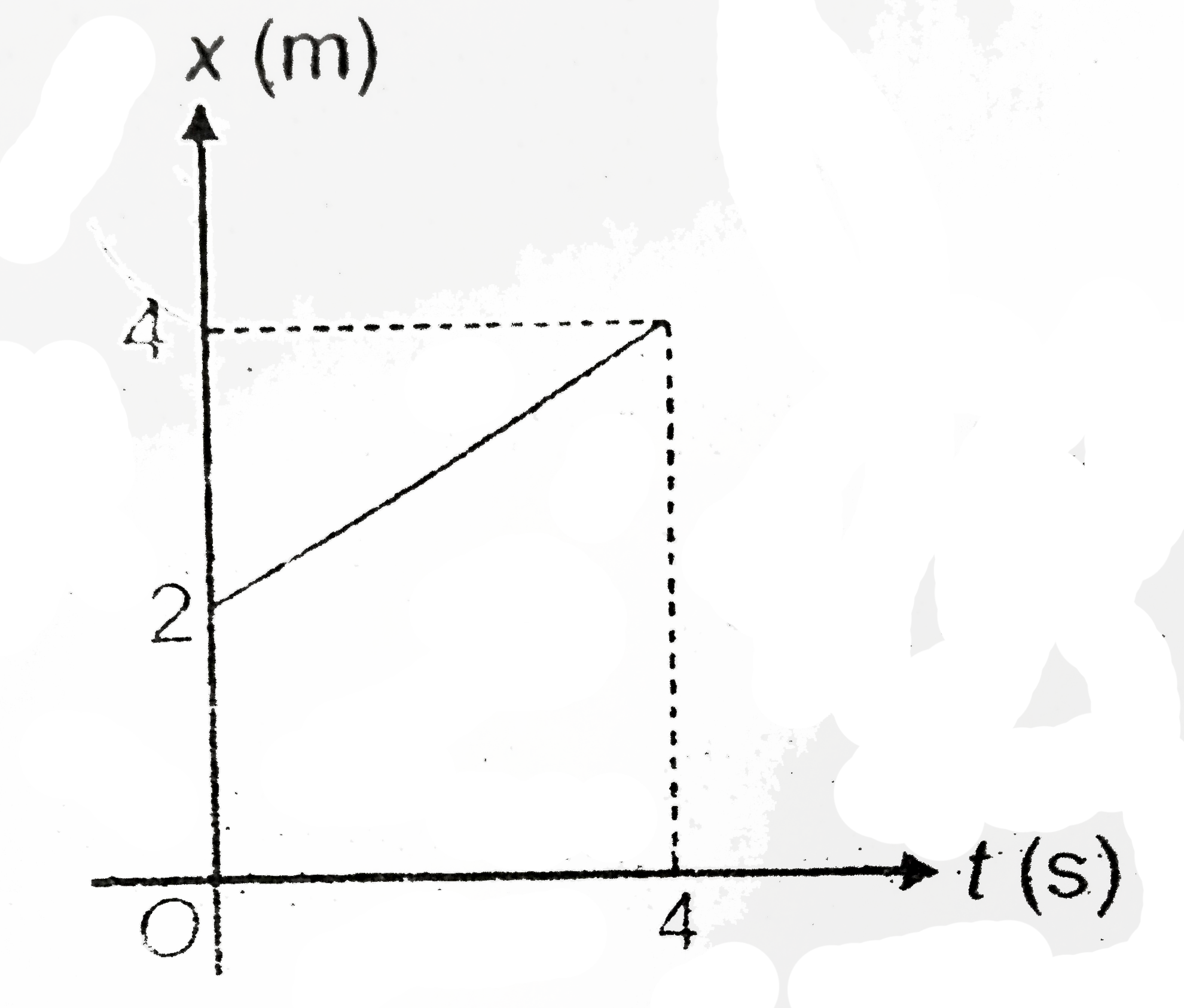
View SolutionDraw the v-t graphs for the given a-t graphs for a particle moving in one dimension.
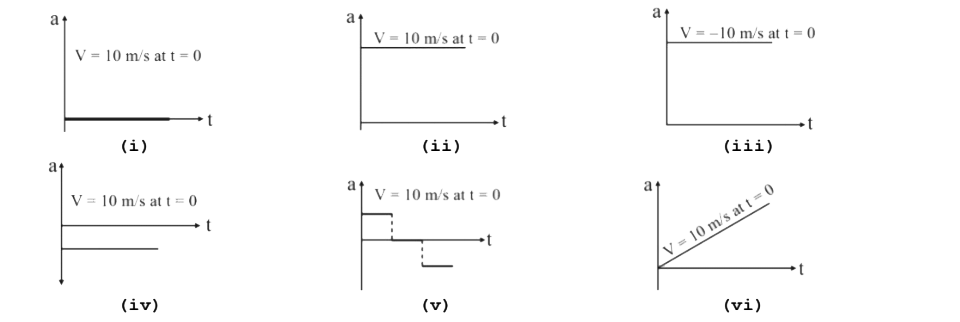
View SolutionA one-dimensional force F varies with time according to the given graph. Calculate impulse of the force in following time intervals.
(a) From t=0s to t=10s.
From t=10s to t=15s.
(C) From t=0s to t=15s.
View SolutionWith the help of the given velocity - time graph, find the
(i) displacement in first three seconds and
(ii) acceleration for the graph.
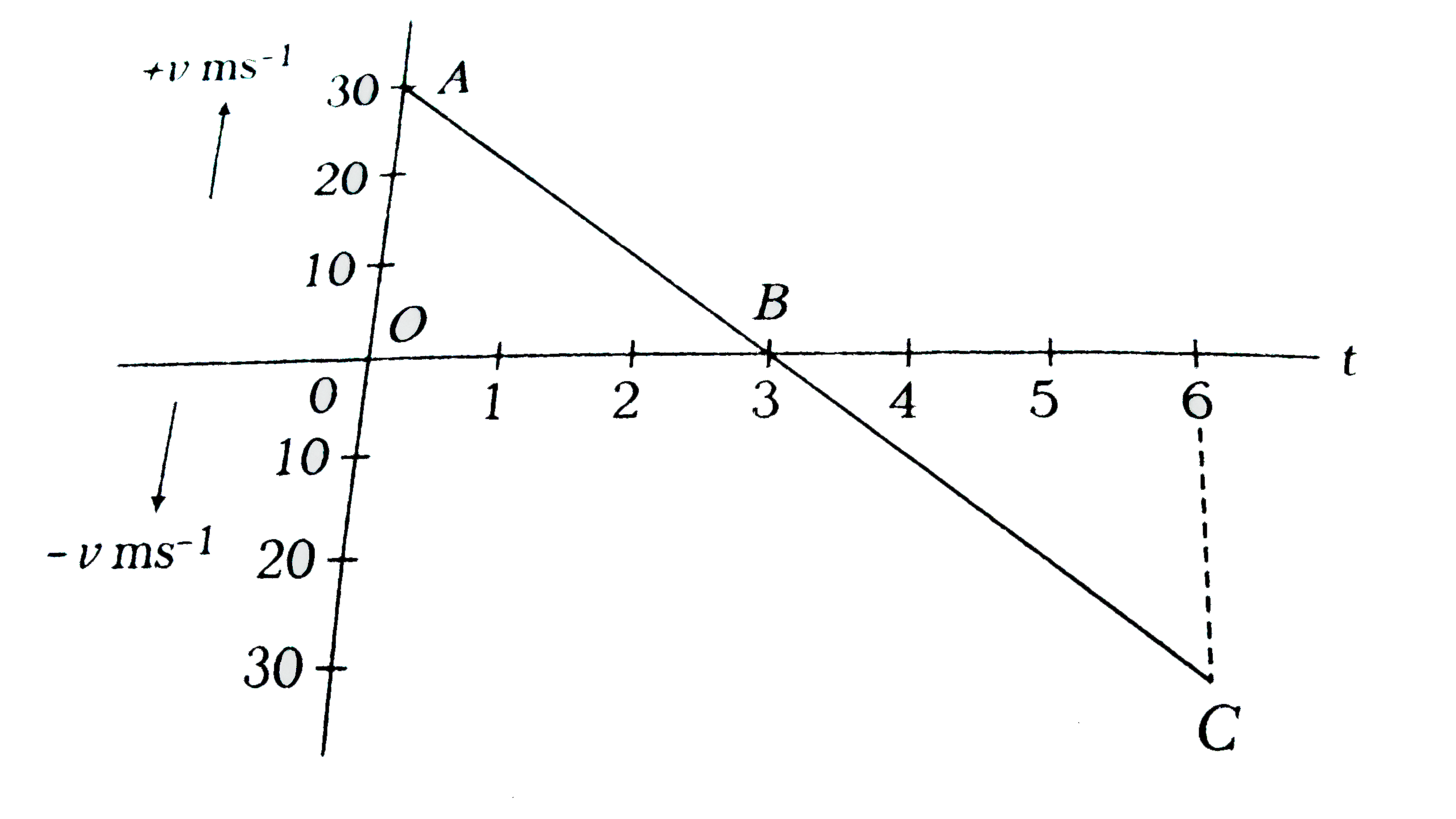
View SolutionIn the given v-t graph, the distance travelled by the body in 5 sec will be :
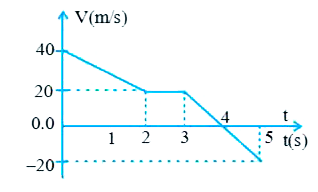
View SolutionFor the v-t graph shown in figure find the acccelertion in 0-4 sec and 4-8 sec.
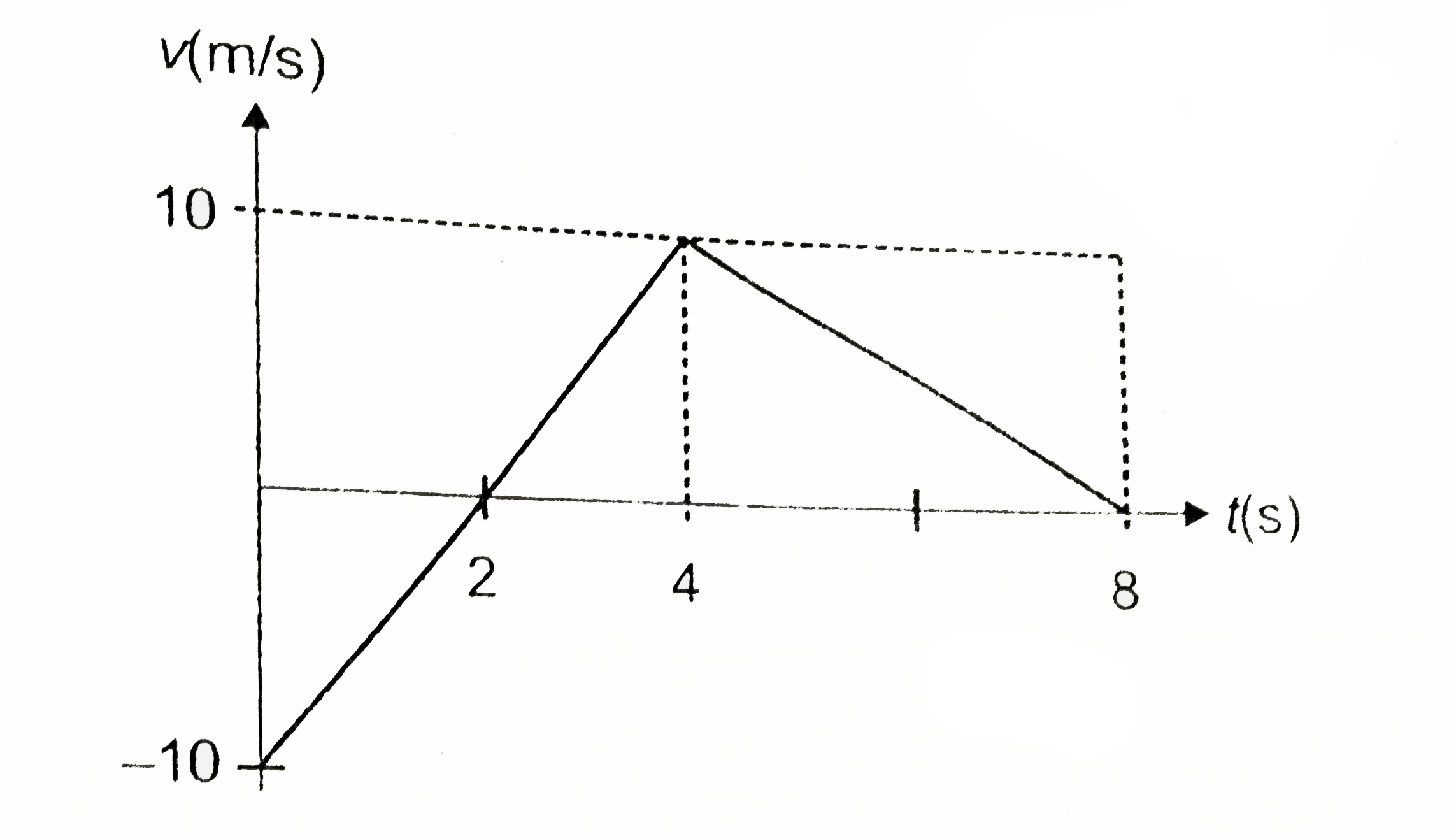
View SolutionA force F is acted on a body as shown in the figure. Find the impulse of the force in first four seconds.
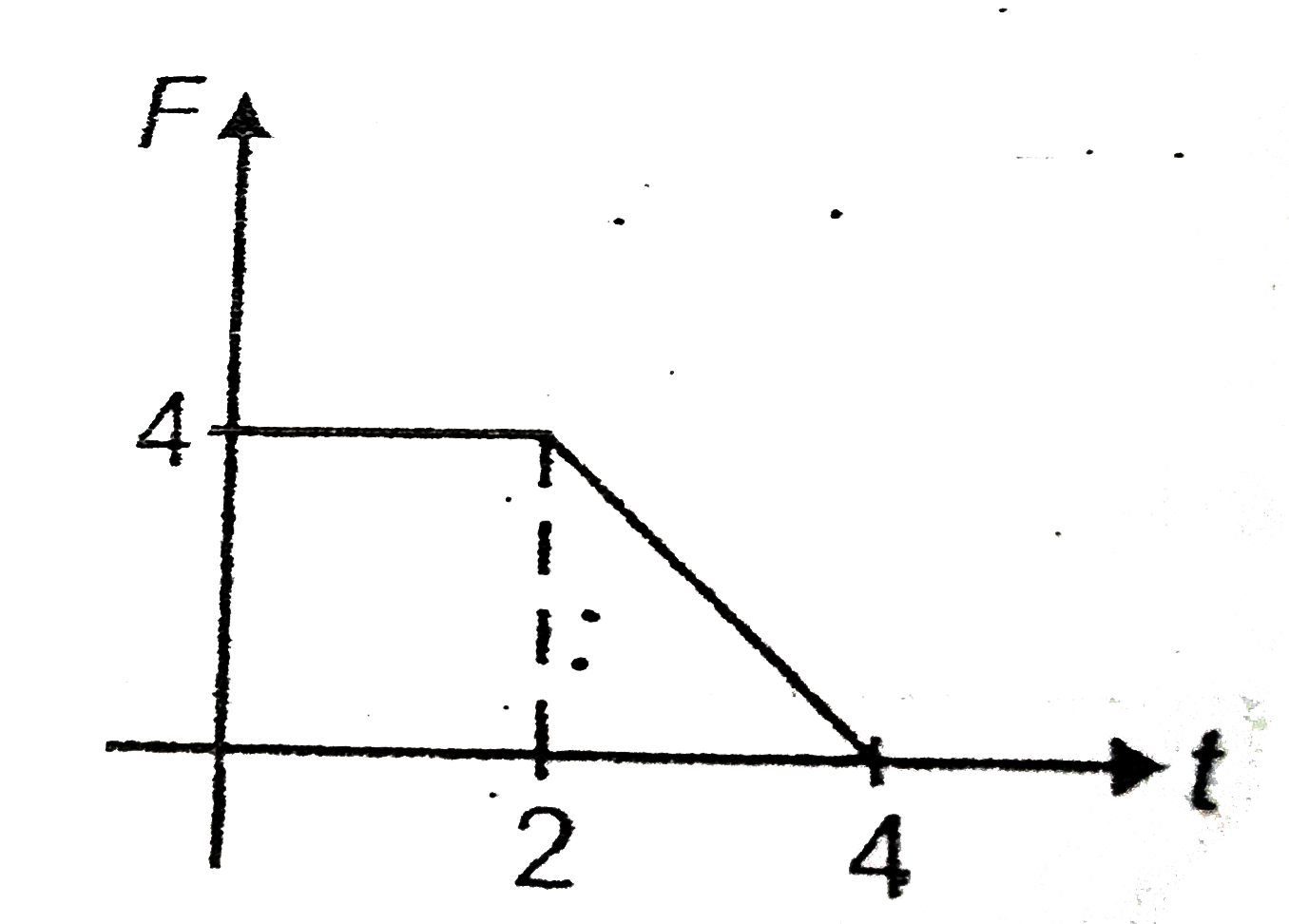
View SolutionThe position (X)-time (t) graph for a particle of mass 1 kg moving along x-axis is shown in figure. Find impulse on particle at t = 4 s.
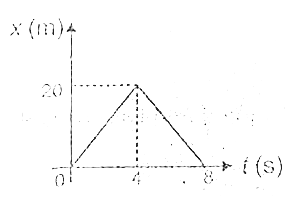
View SolutionAcceleration of a particle moving in x−y plane varies with time t as. →a=(ti+3t2j).
Here a is in m/s2 and t in sec. At time t=0 particle is at rest origin. Mass of the particles is 1kg. Find the net work done on the particle in first 2sec.
View Solutions-t graph of a particle in motion is as shown below.

(a) State, whether the given graph represents a uniform motion or not.
(b) Find velocity of the particle.
View Solution
